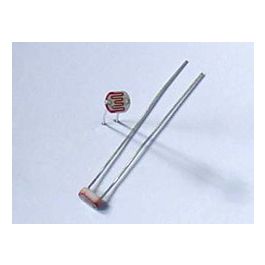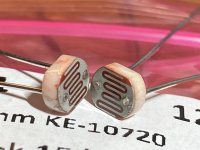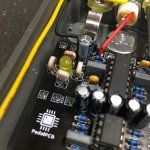allanshookphoto
New member
Just received my order of a dozen KE-10720 LDR's from Tayda, and they are supposed to be 10k/20k light and 500k dark. These ones measure less than 50 ohms light and over 2Meg dark. That is so far out of specification, very disappointed.
These are the ones I ordered:

 www.taydaelectronics.com
www.taydaelectronics.com

So, does anyone have a source for KE-10721's or equivalents. I have read about a dozen posts in this forum about KE-10720's, and the general consensus is to get these ones form Tayda.
These are the ones I ordered:

Photo Conductive Cell Resistor LDR 650nm 10KΩ to 20KΩ RADIAL KE-10720
WAITRONY - Get It Fast - Same Day Shipping

So, does anyone have a source for KE-10721's or equivalents. I have read about a dozen posts in this forum about KE-10720's, and the general consensus is to get these ones form Tayda.




